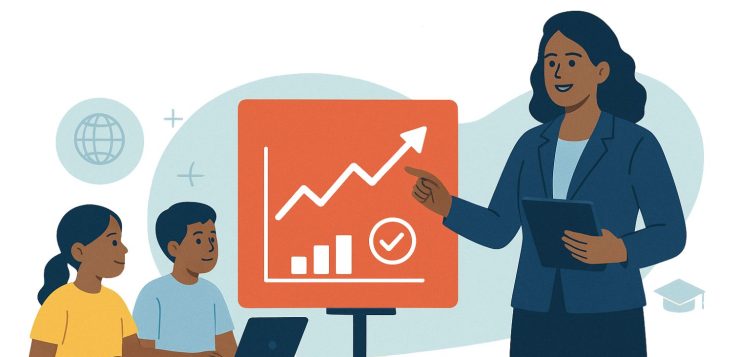The most effective K12 principals in 2025 are not merely administrators; they are chief learning officers who translate policy into practice, culture into outcomes, and technology into equity. Amid NEP-driven shifts toward competency-based learning, flexible pathways, and inclusive classrooms, leadership now hinges on one question: how well do schools learn?
Learning schools start with learning leaders. Principals who set a clear instructional vision and model inquiry catalyze teacher growth, embed coaching, and normalize data use to answer what works, for whom, and under what conditions. When leaders anchor on learning outcomes and wellbeing, not on timetable logistics, schools move from delivering syllabi to designing experiences that develop competencies and character in tandem.
Digital tools can amplify this shift, but only when guided by pedagogy. The principal’s task is to ensure technology deepens authentic learning, personalizing pathways, strengthening feedback loops, and expanding access, without outsourcing judgment to algorithms. That means investing in assessment literacy, curating evidence-based practices, and protecting time for teachers to collaborate on tasks, rubrics, and interventions.
The NEP arc reinforces the same thesis: what matters is not the novelty of change but its stickiness in classrooms. Curriculum rationalization, multilingual access, and vocational integration will fall flat without leadership that builds routines, weekly PLCs, walkthroughs, and student work protocols, that make improvement a habit. In schools that learn, success looks like fewer worksheets and richer artifacts of understanding; fewer top-down mandates and more teacher-led cycles; fewer one-size-fits-all exams and more competency demonstrations.
Equity is the lodestar. Principals widen opportunity when they track value-added growth, prioritize foundational literacy and numeracy, and design tiered supports for diverse learners. The work is pastoral as much as pedagogical: safeguarding, counseling, and SEL form the safety net that lets rigor rise without leaving students behind. The goal is a graduate profile that marries academic mastery with the human skills, curiosity, collaboration, resilience, demanded by an uncertain future.
This issue recognizes leaders who make learning the school’s operating system. They set direction, develop people, and redesign the organization, so that every classroom becomes a laboratory of better practice and every student a beneficiary of thoughtful design. Leadership, at its core, is the relentless pursuit of conditions where learning sticks.

